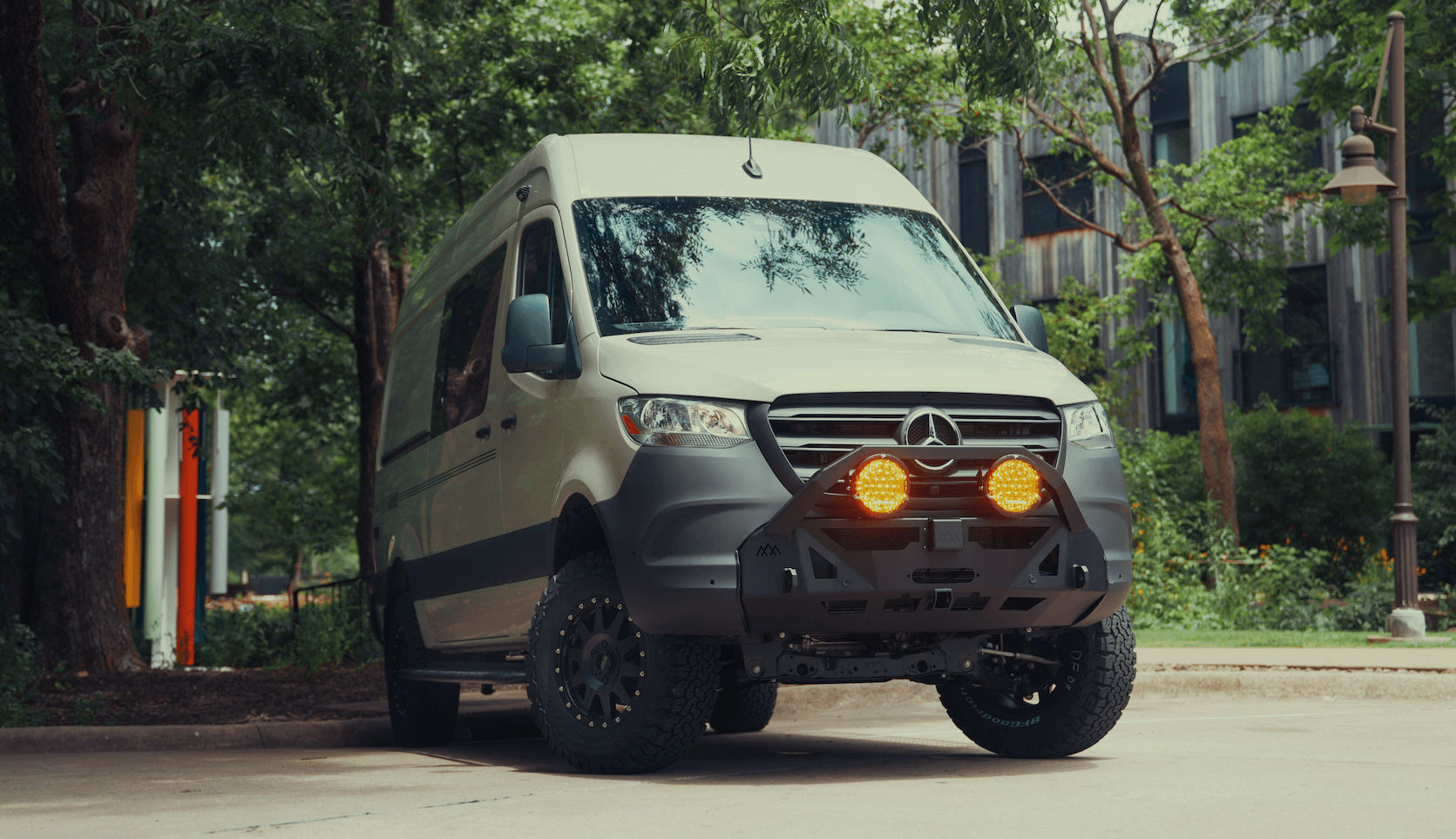Recreational Vans

A shore power retrofit gives your camper van or RV a safe, permanent way to connect to grid electricity at home, at a campground, or at a shop. When designed well, it charges your battery bank, powers 120 volt outlets, and supports heavier appliances like air conditioning or induction cooking. The result is quiet, reliable power without idling an engine or running a generator.
Shore power in North America is typically delivered from pedestals that supply 15 amp, 30 amp, or 50 amp service. Matching your inlet and protective devices to the service you expect to use reduces nuisance trips and protects wiring. Many van builders choose a 30 amp inlet for its balance of capability and compact hardware while still supporting a broad set of appliances through an inverter charger.
The heart of a shore power upgrade is coordination. Your inlet, transfer device, inverter charger, breakers, and grounding must function like a team. Done correctly, the system isolates neutrals, bonds grounds at the correct source, and moves power smoothly from pedestal to battery and loads.
A complete shore power retrofit usually includes the following building blocks:
An inverter charger both charges the battery when you are plugged in and inverts battery power to run 120 volt loads while off grid. Many units include an internal transfer relay. When shore power is present, the relay passes incoming power to your AC panel and enables charging. When unplugged, the relay opens and the inverter supplies selected circuits. Select an inverter charger with power factor corrected charging and temperature compensated profiles that match your battery chemistry.
If you use a standalone transfer switch, be sure it switches the neutral as well as the hot. In RV style systems, the neutral to ground bond must exist at only one source at a time. A properly switching neutral prevents parallel paths and ground faults.
Place a main breaker sized to your inlet rating. For a 30 amp inlet, use 10 gauge copper conductors on the input run and a 30 amp main. Branch circuits should have appropriately sized breakers and wire gauges. Provide GFCI protection for outlets near sinks or exterior access points. If you power air conditioning, route it on a dedicated circuit and consider a soft start device to reduce inrush current and nuisance trips.
A surge protector or energy management system can detect open grounds, reverse polarity, low voltage, and spikes before they reach your gear. This protects sensitive electronics in chargers, battery monitors, and appliances.
Safety starts with code informed layout and proper strain relief. Use marine or RV grade inlets with drip loops and gasketed covers. Route AC cabling in separate conduit or raceways away from fuel lines and 12 volt wiring where practical. Label every conductor and breaker. Provide ventilation and clearance around the inverter charger per the manufacturer to avoid heat soak.
Plan loads before you size components. List expected simultaneous appliances and their amperage. Air conditioning, induction cooking, water heaters, and space heaters are the big consumers. If your inlet is 30 amp and your charger consumes a portion for bulk charging, you will want an energy budget that leaves headroom for startup surges. Some systems include load shedding so lower priority circuits pause when you approach the service limit.
Testing happens in stages. Verify continuity and insulation resistance before energizing. Confirm correct pedestal polarity with a tester before plugging in. Check that the transfer device switches sources as designed, the neutral is isolated when on inverter, and fault protection trips as expected with a GFCI test. With the system live, monitor charger voltage and current, battery temperature compensation, and inverter pass through behavior while stepping loads on and off.
Common pitfalls include undersized wire on the inlet run, missing strain relief, a neutral that is bonded in more than one place, and placing too many heavy loads on a small service. Another avoidable mistake is skipping surge protection in areas with unstable power. A modest protector can save an expensive inverter charger.
For travelers who want worry free operation, professional installation brings experience with standards such as the National Electrical Code for RV style systems. Proper documentation, labeling, and a demonstration of operation will make every plug in simple and predictable.
You want a shore power retrofit that feels invisible in use and bulletproof in a storm. That is the benchmark we set in every AC system we design and install. We map your travel pattern, pick the right inlet and charger, balance the panel, and build clean routing with labeled service access so future maintenance is straightforward.
If you are planning a full adventure van, start by reviewing our builds and service options. Explore Explore recreational vans to see how complete power systems fit into real layouts, then Request a custom build for a tailored plan. If you are comparing platforms that finance, browse See mainstream vans to understand how shore power integrates with each chassis.
We design, install, and test the shore power side along with the inverter charger and battery system so your plug in routine is as simple as connect, charge, relax. When you are ready to upgrade with confidence, our team is ready to build it right.
Ready to add reliable shore power and pro grade safety to your van or overland rig? Our team designs and installs complete AC systems, transfer switching, and inverter chargers that integrate cleanly with your battery and 12 volt gear. Tell us how you travel and we will blueprint, build, and test your system so you can plug in with confidence. Start your shore power upgrade with OZK Customs today.
ADDRESS:
6159 E Huntsville Rd, Fayetteville, AR 72701
PHONE:
(479) 326-9200
EMAIL:
info@ozkvans.com